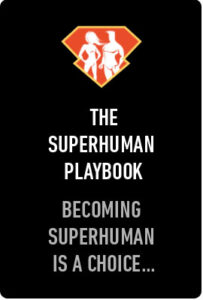
“The best speed readers know how to vary their speed based on the text they’re reading.” – Jonathan Levi
Speed reading is really cool but several misconceptions surround it.
Speed reading and comprehension
Some students are starting to speed read with the false expectation that once they are able to read with 700 WPM, they can read everything with this speed and they can go through a difficult textbook much faster and they will remember everything. Unfortunately, this is not the case. Speed reading and memory techniques are not the same.
I am almost sure that this is not the first speed reading course you have purchased and most likely you have failed at least once. Why?
- Most of the speed reading courses are teaching speed reading without memory techniques and as a result, you can read fast but do not remember anything.
- You have given it up prior to learning the techniques because it was overwhelming and frustrating.
Speed reading is useless if you are not using memory techniques. During the SuperLearner courses and with coaches, the first 6-7 weeks are all about memory techniques. You should improve your curiosity, creativity, short term memory and learn long term memory techniques. Speed reading is coming only after it.
Speed reading does not equal the speed of understanding. If you are able to read with 700 WPM it does not mean that you can read everything with this speed and with the same comprehension. If the text is full of unknown words, you will not be able to read it at the same speed as you can read an easy text. You need to adjust your reading speed to the text. You can go very fast on the highway with a Ferrari but you need to slow down on a zigzag road if you would like to stay alive.
Speed reading dens text or in your second language
If you are reading in 2-3 or even more languages, your reading speed can vary in different languages. Most likely you can read the fastest in your native language. If you are reading in your second language, your mind needs more time to absorb the information as it needs to think about the meaning of the word, the structure of the sentence, and these slow you down. Dense texts, for example, textbooks, act in a similar fashion as second languages do.
Decreasing the obsticules
Learning to speed read is difficult because you need to use a lot of new techniques during the reading, like minimizing the subvocalization, jumping with your eyes from one saccade to the next, and in addition, you should understand the text. It does not work for the first try. Do you remember when you were driving a car for the first time? Could you listen to everything? How did you start it? Probably you were looking for a place, a street where there were no other cars or only a few, the weather was good, it was daylight and the radio was switched off. AND you were extremely tired after the first couple of driving lessons.
I recommend you to create similar circumstances when you start to practice speed reading.
- Read easy texts in your native language or in the language you have read the most in.
- Use an easily readable font (e.g. Arial, Calibri, Times New Roman, Garamond), big contrast between the background and the text.
- Select a narrow text that you can read with 1 saccade only (e.g. use your mobile).
- If you have a problem with subvocalization, do special exercises that are helping you to decrease it.
- Read only 10-15 min or less as it will make you tired.
- Practice daily.
It takes weeks, months to be an expert in speed reading. Do not give up despite the difficulties.
Keep going!
.

